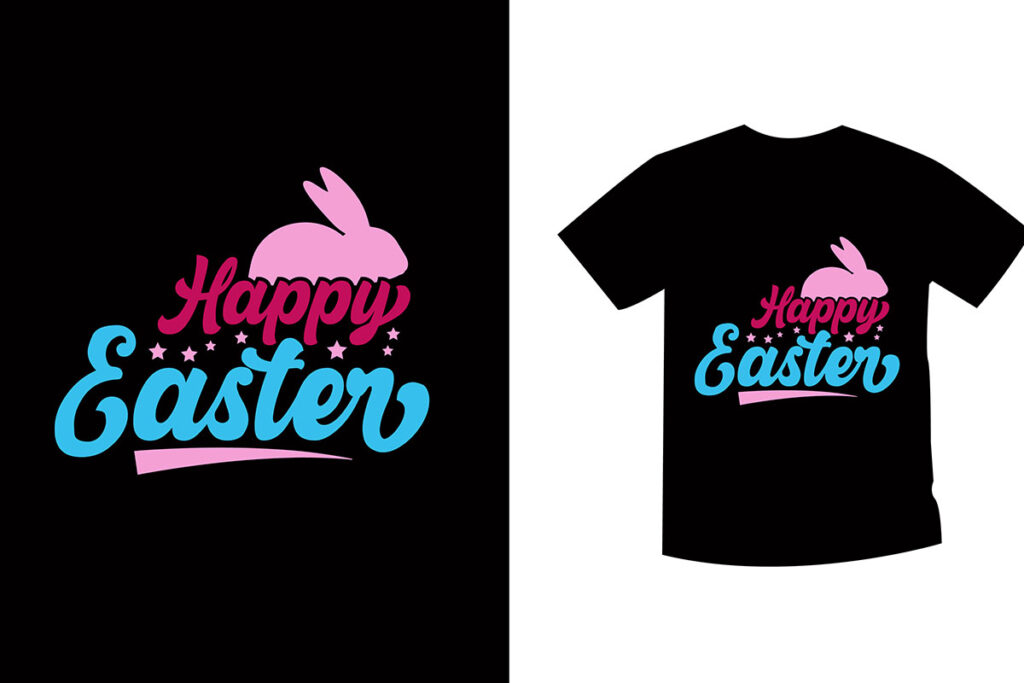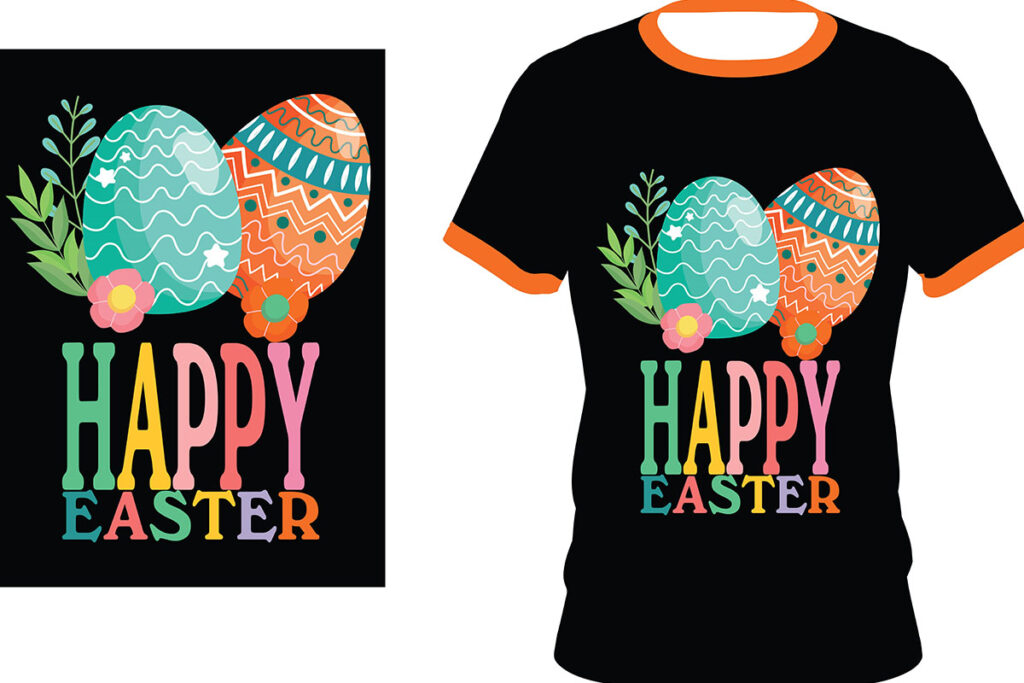In the dynamic world of custom apparel, DTF transfers have emerged as a game-changing technology for those involved in textile printing. This innovative method, short for Direct to Film, allows for the reproduction of stunningly vibrant and detailed designs directly onto a variety of fabrics. DTF transfers are revolutionizing the industry by offering an efficient printing process that caters to both small-scale and large-scale production runs. As we explore the intricacies of the DTF printing process, it becomes clear that its versatility and quality make it an invaluable tool for any garment maker looking to stay competitive. Join us as we delve into the world of DTF transfers and uncover the benefits and best practices associated with this cutting-edge printing technology.
Direct to Film printing, commonly referred to as DTF printing, represents a significant innovation in the realm of modern printing techniques. This method utilizes heat transfer technology to deliver high-quality designs onto fabrics, making it a popular choice for creating custom apparel. The textile printing landscape is rapidly evolving, and alternative terms like film transfer printing and heat transfer printing are becoming synonymous with efficiency and color vibrancy. As we navigate through this topic, we will discuss how these advanced printing solutions enhance the production of unique and personalized garments. By understanding the nuances of this printing technology, businesses can effectively leverage its capabilities to elevate their brand offerings.
Understanding the DTF Printing Process
The Direct to Film (DTF) printing process is revolutionizing the textile printing industry by offering an innovative alternative to traditional methods. Unlike screen printing, which requires multiple screens for different colors, DTF employs a single-film transfer approach, simplifying the overall printing process. This method allows designers to create vibrant and intricate designs on a transparent film, making it easy to apply to a wide range of fabrics with just heat.
In DTF printing, specialized inks are used that bond effectively with the fabric when heat is applied. The dual-step process involves printing the desired design onto a specially coated film, followed by applying hot-melt adhesive powder to the wet ink. Once cured and applied to the garment, this results in stunning visuals with exceptional detail, unmatched by many other textile printing technologies.
Benefits of DTF Transfers for Custom Apparel
For businesses looking to invest in custom apparel, DTF transfers offer numerous advantages. One of the most significant benefits is the vibrancy and clarity of the designs produced. The advanced DTF printing technology can render detailed images with a spectrum of colors, ensuring that every piece of apparel stands out. This vibrant quality allows brands to create striking promotional items and personalized gifts that capture the attention of customers.
Another major advantage of DTF transfers is their versatility. The ability to print on various fabric types — such as cotton, polyester, and blends — makes DTF the go-to choice for manufacturers aiming to meet diverse market demands. In comparison to other printing techniques, DTF provides the flexibility to produce small runs economically, accommodating the growing trend of personalized and limited-edition apparel.
Exploring Current Trends in DTF Technology
As the DTF printing landscape evolves, staying updated with the latest trends is crucial for any business. One of the most significant developments is the push toward eco-friendly practices within the DTF printing process. With increased consumer focus on sustainability, many manufacturers are adopting eco-conscious inks and materials, making DTF printing an attractive option for brands aiming to reduce their environmental impact.
Additionally, advancements in equipment used for DTF printing are enhancing overall production capabilities. Newer models of DTF printers are equipped with faster print speeds and higher resolutions, allowing businesses to increase their output while maintaining quality. As the technology continues to improve, adapting to these innovations will be key for companies wishing to remain competitive in the custom apparel market.
Best Practices for Successful DTF Transfers
To ensure successful DTF transfers, preparation is key. Before starting the printing process, the fabric should be cleaned and pre-treated to promote better adhesion. Proper preparation of the transfer film is equally important; ensuring it is correctly aligned and secured will result in cleaner transfers and more professional outcomes. Neglecting these steps can lead to poor quality prints, diminishing the appeal of the final product.
Another best practice involves understanding the various settings and temperatures needed for different materials. Experimentation is vital to find the perfect combination that results in optimal curing and print durability. Brands should prioritize design testing and adjust their processes based on the specific fabric and transfer requirements to ensure high-quality and long-lasting results.
Common Challenges with DTF Transfers
While DTF transfers are advantageous, they come with their own set of challenges. One of the primary obstacles is the initial investment required for DTF printing equipment and materials. Small businesses may find the costs limiting, making it essential to analyze the potential return on investment before making significant expenditures.
Quality control also poses challenges in DTF printing. Maintaining consistent results can be tricky, especially if the printer is not regularly calibrated or if subpar inks are used. Businesses must implement strict quality control measures to monitor results and ensure that every print meets the standards expected by customers.
The Future of DTF Printing in Custom Apparel
As demand for custom apparel increases, the future of DTF printing appears bright. The printing technology is rapidly evolving, and we can expect continued improvements in image reproduction, durability, and efficiency. This means that businesses adopting DTF transfers will likely find themselves at a competitive advantage as they fulfill the growing demand for high-quality, personalized garments.
Furthermore, the integration of innovative technologies in the DTF printing process — including automation and advancements in digital ink formulations — is expected to enhance the flexibility and responsiveness of apparel manufacturers. As DTF printing gains more traction, it may very well become a dominant force in the landscape of textile printing, reshaping how custom apparel is created and delivered.
Frequently Asked Questions
What are DTF Transfers and how do they work?
DTF transfers, or Direct to Film transfers, are a revolutionary printing technology that allows vibrant designs to be printed onto a special film before being transferred to garments. The process involves printing a design onto a film using a DTF printer, applying a hot-melt adhesive, curing it, and then transferring the design onto the fabric using heat.
What are the advantages of using DTF printing for custom apparel?
DTF printing offers several advantages for custom apparel, including exceptional color vibrancy and detail, versatility across various fabrics like cotton and polyester, and cost-effectiveness for small runs. This makes DTF transfers ideal for businesses looking to create high-quality, personalized clothing.
Can DTF transfers be applied to different types of fabrics?
Yes, DTF transfers are versatile and can be applied to a wide range of fabrics including cotton, polyester, and their blends. This ability allows businesses to cater to diverse customer needs without the necessity to invest in multiple printing technologies.
What should I know about preparing for DTF printing?
Successful DTF printing begins with preparing your materials. Ensure that the transfer film and garment fabric are clean and pre-treated properly. Proper preparation significantly affects the quality and durability of the final product.
Are there any challenges associated with DTF printing technology?
While DTF printing offers many benefits, challenges include the high initial equipment costs and the need for rigorous quality control. Maintaining quality can be managed by regularly calibrating your printer and using high-quality inks and materials.
How does the DTF printing process compare with traditional printing methods?
Unlike traditional screen printing, DTF printing allows for complex, vibrant designs without high setup costs, making it more economical for short runs. DTF transfers also boast greater versatility in application and produce higher-resolution outputs, positioning them as a modern alternative in the textile printing industry.
| Aspect | Details |
|---|---|
| What Are DTF Transfers? | A modern method using heat transfer technology to print designs onto a film before transferring them to garments. |
| Process | 1. Design and Print: Create a design on a DTF printer. 2. Powder Adhesive: Apply hot-melt adhesive to printed film. 3. Curing: Cure ink and adhesive with heat. 4. Transfer: Use heat to apply onto the fabric. |
| Advantages | – Vibrant Colors and Detail – Versatility Across Different Fabrics – Economical for Small Runs |
| Current Trends | – Eco-Friendly Practices – Enhanced Equipment with faster speeds |
| Best Practices | – Preparing Your Materials – Understanding Settings and Temperatures – Experimenting with Designs |
| Challenges | – Initial Equipment Costs – Quality Control Issues |
Summary
DTF Transfers revolutionize the world of custom apparel, offering a high-quality, versatile printing solution that caters to various fabric types and customer needs. This innovative technique allows businesses to create intricate designs with vibrant colors while being cost-effective for small runs. As sustainability becomes a priority, DTF Transfers also align with eco-friendly practices, making them attractive for modern brands. By navigating the benefits, challenges, and best practices of DTF Transfers, companies can enhance their offerings and thrive in a competitive marketplace.



